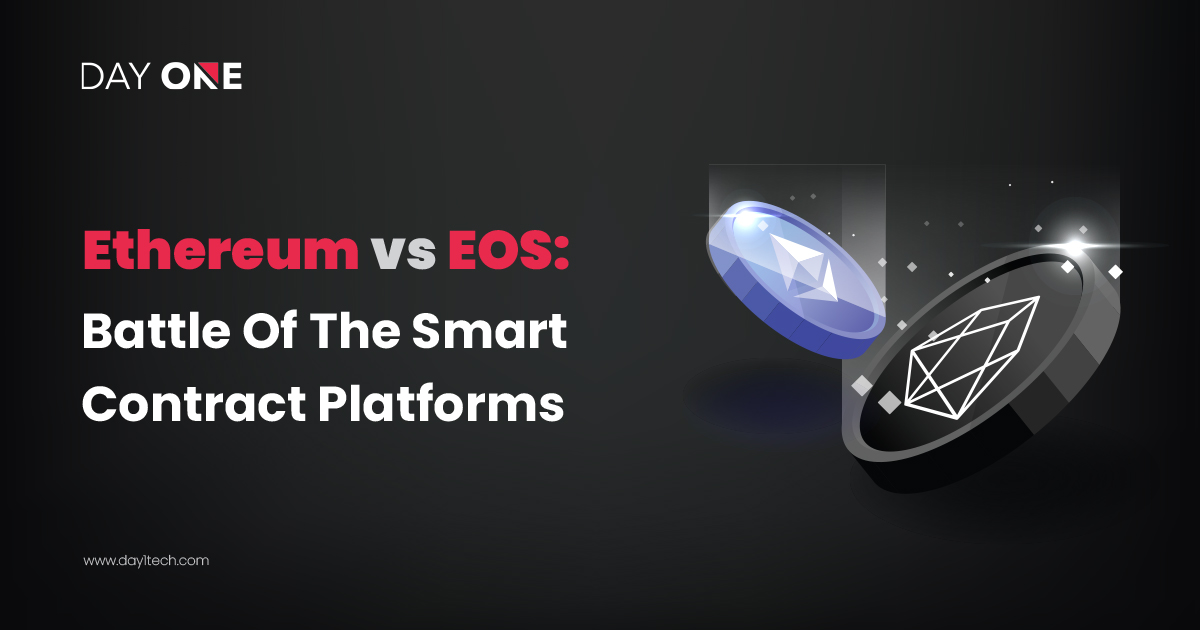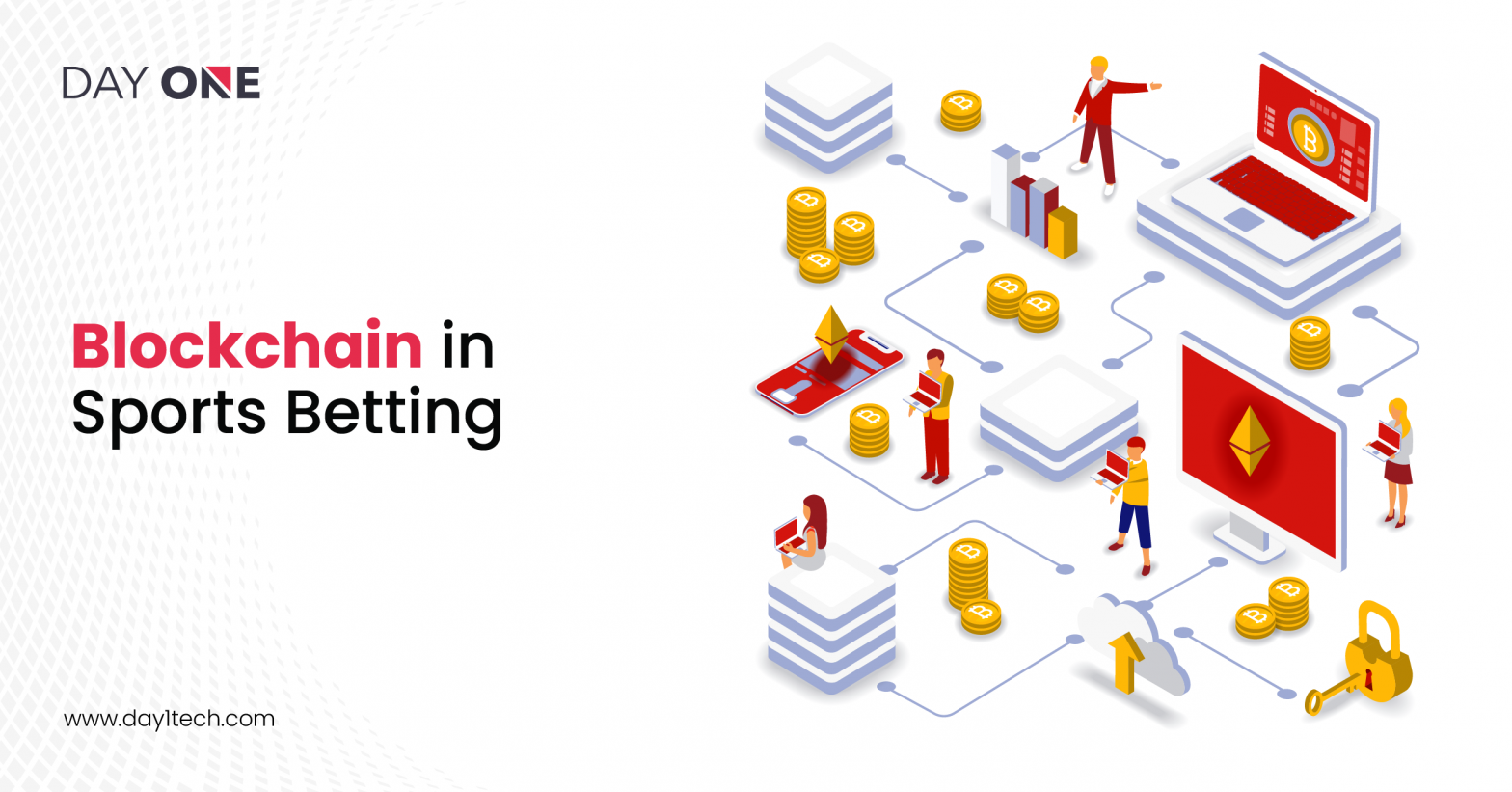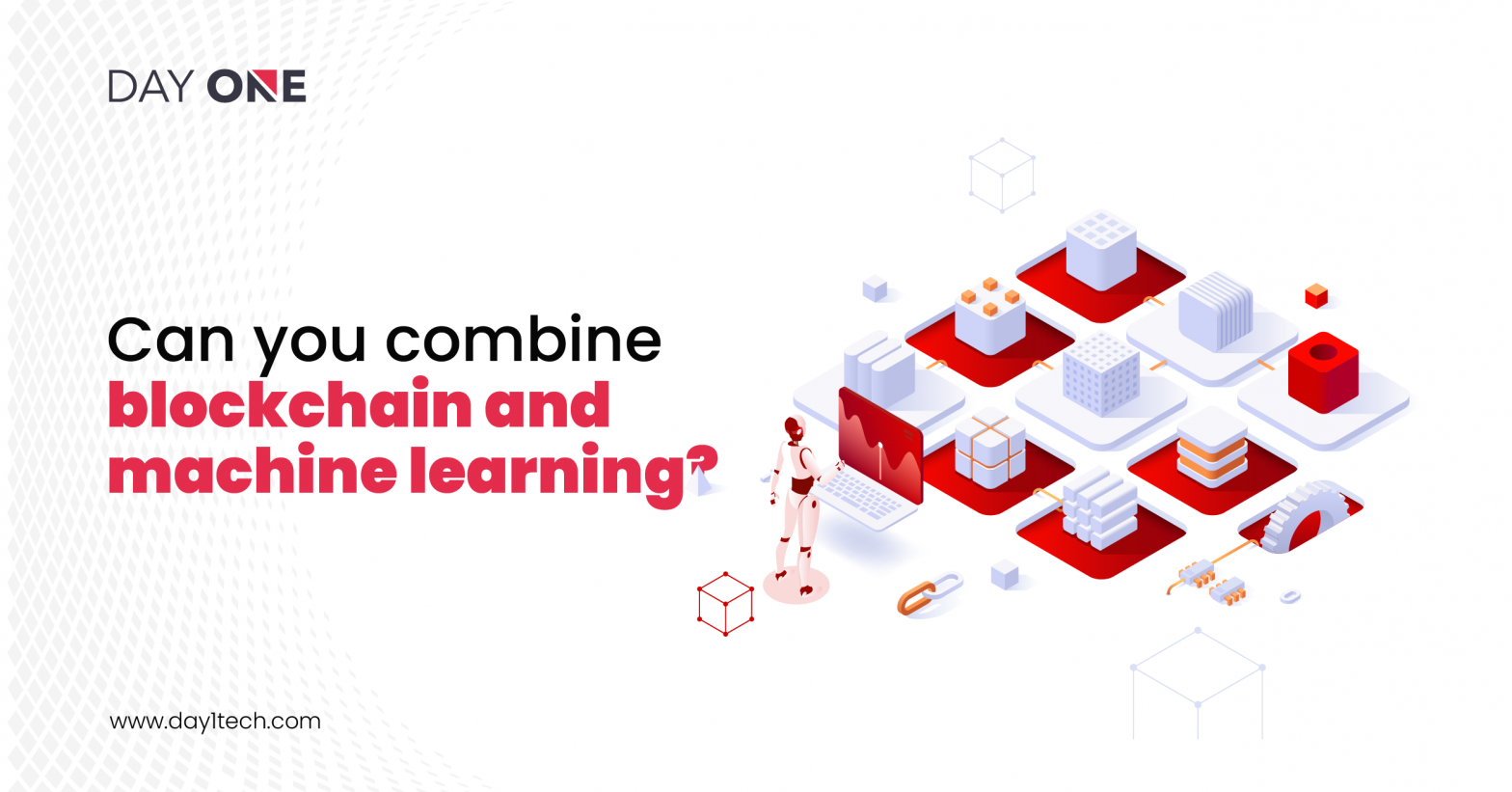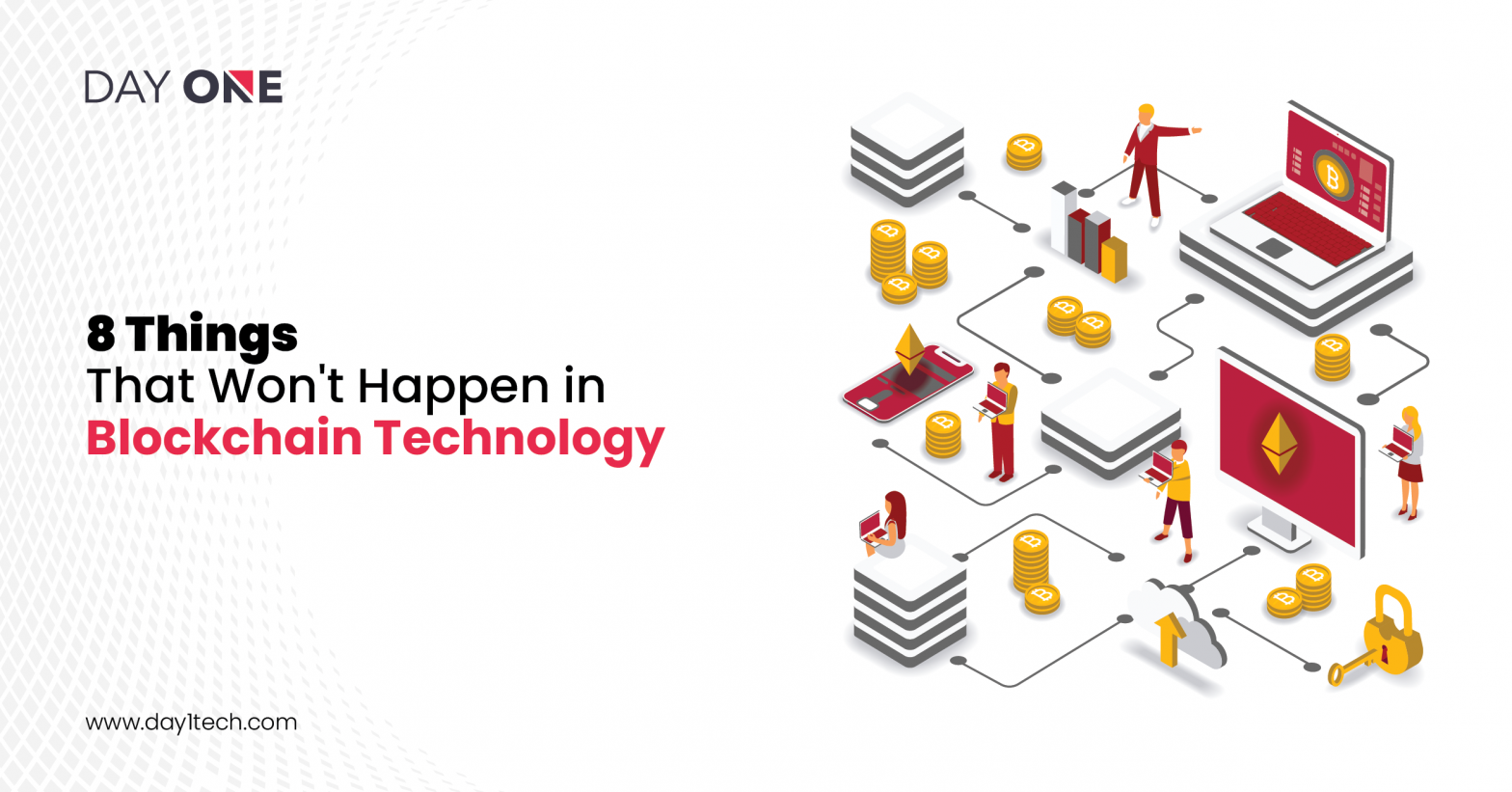Ethereum vs EOS: Battle Of The Smart Contract Platforms
Vijaykumar Meti
Blockchain
May 5, 2022
10 min read

Cryptocurrency and blockchain are buzzwords right now, which are dominating the tech realm and conquering the globe by storm. Cryptocurrencies are growing in popularity by the day, and Ethereum is one such blockchain platform that we have all heard about over the last decade. Because it facilitates the creation of smart contracts, it has acquired widespread appeal.
After Bitcoin, it is recognized as being the first smart contract-based blockchain platform. Ethereum is also known as the Second Generation of Blockchain Technology. With a growing number of cryptocurrencies entering the blockchain world, EOS is one such cryptocurrency that is actively challenging the Ethereum blockchain’s capabilities.
Ethereum and EOS are two altcoins that offer additional benefits to Bitcoin and are now among the most popular cryptocurrencies. These blockchain “supercomputers” can run decentralized applications (Dapps) and power the next generation of the decentralized internet.
So, now you’ve heard about two of the most popular smart contract blockchains, but aren’t sure which one is superior in the EOS versus Ethereum fight? Or perhaps you’re curious about the differences between the two technologies. Well, you’ve arrived at the right place because this blog will explain all you need to know!
In this blog, we’ll go over the key differences between the EOS and Ethereum blockchains and which crypto token should you invest in?
What Is A Blockchain?
A blockchain is a network that is controlled by no central authority or agency. A blockchain is a decentralized, distributed digital record of economic transactions that is maintained by a group of computers and serves as an excellent example of a democratized system. It is a shared ledger in which every one may see all of the information that is stored. A blockchain, in technical terms, is a time-stamped collection of unchangeable data that is controlled by a group of computers. Each block in a blockchain is cryptographically linked to the next. This improves a blockchain’s security. Read more about the evolution of Blockchain.
What Exactly Is Ethereum?
Ethereum is an open-source blockchain framework for decentralized applications, founded by Vitalik Buterin in 2015. Ethereum eliminates the requirement for a third-party institution such as a bank to transmit and receive payments. Ethereum was the first blockchain system to include smart contracts, which are self-executing contracts in which the conditions of a contract between a buyer and a seller are expressed in computer code. Ethereum’s native currency is called Ether. Because the Ethereum blockchain is programmable, it may be used by developers to create new types of apps.
Also Read: Blockchain Technology: What are the disadvantages of Blockchain and Everything You Need to Know
What Is EOS?
EOS is a blockchain platform for smart contracts that was developed by Block.one. It was designed to be a competitor to Ethereum. It is also capable of constructing fully decentralized apps that appear to be traditional solutions, in addition to completing smart contracts. EOS was released in 2017 by Block.one, a firm based in the Cayman Islands. EOS’s ultimate goal is to be the world’s cheapest, quickest, and most scalable smart contract blockchain. EOS is likewise a decentralized blockchain, which means it is not governed by a central authority and, like the Ethereum blockchain, allows for community verification of transactions. EOS was founded by Dan Larrimer, who is also the developer of the Steem and Bitshares platforms.
EOS vs Ethereum: The Basic Differences
Ethereum was released years before EOS, and it is now the second most valuable cryptocurrency in the world, trailing only Bitcoin in terms of market capitalization. However, unlike Bitcoin, Ethereum may not have the same long-term viability, and other competitors compete in the global market to outperform the cryptocurrency.
For instance, EOS has been branded an “Ethereum killer” since it provides enterprise-level scaling, whereas Ethereum struggles with issues like speed and scaling, resulting in high transaction prices as a result of the proliferation of DeFi.
But, will EOS dethrone Ethereum as the most popular cryptocurrency and the most widely used blockchain for DeFi and other Dapps? The promise is undeniable, yet both assets that we’ve reviewed here have existing constraints. Continue reading to discover everything there is to know about the two major cryptos EOS and Ethereum in this in-depth overview.
In the blockchain ecosystem, EOS, the smart contract, is said to be the largest competitor to Ethereum. For decentralized apps, it’s the next “operating system.” The Delegated Proof of Stake (DPoS) technique is used by the platform. If we normally talk about a network that is scalable and speedier, the system appears to be more centralized (has 21 block producers rather than having unlimited miners as proof of work mode).
This smart contract conflict is eerily similar to the OS wars that erupted between Android and iOS, the two most popular operating systems. In the end, there is no winner, and the situation appears to be similar to that of EOS and Ethereum.
EOS and Ethereum share some commonalities as well as a few characteristics that may or may not bind their dominion over others. Apart from the two we’re writing about, major participants in this area include Cardano, NEO, and Stellar.
- Proof of work, or poW, is Ethereum’s consensus methodology.
- Ethereum has a first-mover advantage in both smart contracts and decentralized platform development.
- In the blockchain ecosystem, the platform is regarded as the second most valuable model.
- The price of a transaction is greater.
- Low transaction volumes result in a lack of scalability.
EOS – All About The Cryptocurrency That Is Called The ‘Ethereum Killer’
The ‘Ethereum Killer’ – EOS stands for Electro-Optical System. Its purpose is to make blockchain technology accessible to programmers. It intends to do this by making its network more user-friendly than competitors’.
EOS is a smart contract platform that runs decentralized apps and smart contracts, comparable to Ethereum. EOS essentially emulates all of the components of a supercomputer, including processing gear, storage, and more.
EOS coins power the blockchain-based ecosystem and may be used to pay for more computer resources. EOS coins are awarded to those who give computer power. Because the EOS development community isn’t as active as Ethereum’s, DeFi applications are generally constructed on other blockchains.
Scalability is another feature that sets EOS apart from its competitors. While most of its competitors can only handle a few hundred transactions per second, EOS looks to be miles ahead. EOS tokens may be exchanged on a variety of exchanges and kept in several wallets, including Ethereum, MyEtherWallet, and MetaMask.
Ethereum 2.0 – Solving The Scalability And Other Issues?
Ethereum 2.0 is an Ethereum blockchain upgraded, also known as Eth2 or “Serenity.” The upgrade intends to improve the Ethereum network’s speed, efficiency, and scalability so that it can handle more transactions and alleviate bottlenecks.
But Eth2 isn’t entirely released; the Ethereum Foundation said in January 2022 that it will cease referring to the update as Ethereum 2.0. The rebranding is meant to represent the reality that Ethereum 2.0 is a network upgrade rather than a new network. As a result, Eth1 is now known as the “execution layer,” which houses smart contracts and network regulations, while Eth2 is known as the “consensus layer,” which guarantees that devices contributing to the network following its rules. The name Ethereum 2.0, on the other hand, has remained.
When Will Ethereum 2.0 Be Released?
Ethereum 2.0 is being released in stages, with the first, known as the Beacon Chain, becoming online on December 1, 2020. The Beacon Chain adds native staking to the Ethereum blockchain, which is an important part of the network’s transition to a PoS consensus process. It’s a distinct blockchain from the Ethereum mainnet, as the name implies.
The second phase, known as the “the merge,” will bring together the Beacon Chain with the Ethereum mainnet in the first or second quarter of 2022.
The final step is Shard chains, and they will be crucial in growing the Ethereum network. Instead of resolving all transactions on a single blockchain, shard networks distribute them among 64 different chains.
This also means that running an Ethereum node will become a lot easier in terms of hardware because there will be significantly fewer data to keep on a system. According to the Ethereum Foundation, the full upgrade to Ethereum 2.0 is scheduled for 2023.
Also Read: Combining Blockchain with Machine Learning: Benefits and Challenges
Ethereum vs EOS – Points Of Distinction
Although EOS and Ethereum have similar objectives, the systems’ approaches to achieving those goals differ substantially. One significant limitation is that EOS foregoes strict decentralization in favor of scalability and cheaper transaction costs. In the following sections, let’s look at it more closely and what they are, and what the pros and cons are to each side of the coin.
1. Scalability
There are several challenges that both platforms must address in terms of scalability. Ethereum can currently handle up to fifteen transactions per second, but it isn’t yet fast enough to compete with payment systems like Visa. On busy days, the electronic payment system can handle thousands of transactions per second. Vitalik Buterin has revealed modifications that might increase the number of transactions handled per second to 100,000 per second. The platform’s capacity might be increased via first-layer improvements like sharding or second-layer procedures like plasma. These solutions would considerably boost the platform’s transaction capacity at any one moment.
Meanwhile, according to EOS engineers, the platform can already handle 10,000 transactions per second. However, several critics challenge these figures. On the surface, this appears to be a superior solution, but what if we want to use EOS in the IoT world, where we may be dealing with hundreds of thousands of transactions per second? In this instance, EOS offers an inter-blockchain communication option, which generates a second EOS blockchain where additional transactions may be processed. These blockchains are interconnected, and with EOS, there is no limit to the number of blockchains that may be created.
2. Transaction Costs And Speed
Another issue with blockchain deployment is transaction costs. Every transaction on Ethereum costs gas. The price is affected by transaction complexity and network volume. It is a significant commercial barrier since both enterprises and customers must tolerate a certain loss of control. EOS operates uniquely, with no transaction fees. Users lease their tokens to cover bandwidth instead of paying gas to pay for a transaction. Instead of using ETH, we may recuperate the token coverage with EOS by selling our tokens when we decide we no longer wish to offer our transaction. The EOS blockchain stores tokens that cover the transaction’s bandwidth.
Ethereum transactions have recently been a source of debate. It is being used by an increasing number of Dapps, which require ETH gas to send transactions for stablecoins and other crypto value initiatives. Even trading on Uniswap requires ETH, and the costs have been spiraling out of control in recent months.
EOS doesn’t have nearly as many Dapps created, so speeds can remain high while prices remain cheap. This is both a benefit and a drawback for EOS, as the protocol is now in much lower demand. However, there are rumors in the market that EOS may make certain announcements shortly that might have a major impact on the asset’s future.
3. Consensus Mechanism
In addition to scalability and transaction costs, EOS has a different consensus method than Ethereum. A consensus mechanism, or a consensus algorithm, is a computer science procedure that allows disparate processes or systems to agree on a single data value.
EOS is a delegated proof of stake model, whereas Ethereum is a proof-of-work approach. To confirm a transaction on the Ethereum blockchain, each node must solve a cryptographic hash problem. Although Ethereum is still decentralized, the proof-of-work model makes scaling challenges. This truth lies at the heart of the EOS vs Ethereum dispute.
For a transaction to be verified, Ethereum uses the proof-of-work consensus algorithm used by Ethereum. The blockchain produces a random puzzle that must be solved. This puzzle is generally quite tough to solve and necessitates the use of a computer node. Anyone interested in contributing to the Ethereum network can do so by attaching a GPU device to it.
They are called miners, and they compete with one another to solve the problem and win the Ether prize. This uses a significant amount of power, which is bad for the environment. As a result, Ethereum intends to switch to a proof-of-stake consensus method, which is both environmentally friendly and will allow the network to process more transactions.
EOS uses Delegated proof of stake, or DPoS is the consensus algorithm. Anyone with a particular quantity of coins can assist validate transactions on the network in a proof-of-stake method. The quantity of coins you hold determines your chances of winning the prize. In DPoS, however, the person who possesses the coins cannot validate transactions but can vote on who should. As a result, EOS is extremely scalable, allowing it to process exponentially more transactions per second.
4. Smart Contracts
Solidity, the platform’s contract-oriented language, was created by Ethereum developers. The platform can build smart contracts using this language. Smart contracts on EOS are often written in C++, although developers can use any language with a compiler that transforms bytecode into web assembly. Starting a career with smart contracts in EOS may be easier for new blockchain engineers.
On the other hand, it is incredibly important to learn because of its interoperability and design for smart contracts. Solidity is fairly similar to Javascript, therefore the learning curve isn’t as steep as it is with C++. As a result, new smart contract developers may find the platform appealing. No matter whatever language you use, the code quality must be flawless, as even a little problem might derail the entire project.
EOS vs Ethereum – The Future Of Smart Contracts
Looking ahead, the conflict between EOS and Ethereum will have a significant influence on the whole ecosystem. The debut of Ethereum was a game-changer in the blockchain world, and it’s doubtful that this trend will reverse very soon. Given how quickly blockchain technology evolves, any initiative might destabilize the entire ecosystem.
Overall, we must bear in mind that the blockchain industry is a fast-paced environment, and there is no apparent method to accurately foresee any new trends. It’s critical to keep up with cryptocurrency news and conduct thorough research on projects.
Also Read: How Blockchain and AI Integration is Changing the Business Landscape?
Ethereum vs EOS: The Conclusions
When comparing the two systems, EOS and Ethereum are the world’s two most popular smart contract platforms. Despite their differences, EOS and Ethereum are without a doubt the most popular blockchains in the crypto realm, with loyal fan bases.
It’s tough to determine whether there’s a superior alternative to Ethereum out there, but EOS is dubbed “the Ethereum killer.” EOS coin, more than any other asset, can do so. However, being the second-largest cryptocurrency by market capitalization, Ethereum is the most powerful altcoin and overthrowing it will be difficult for EOS.
As a result, EOS may outperform Ethereum in the short run, making it a more profitable investment. However, because it is difficult to predict which would perform better in speculative assets such as cryptocurrencies, trading them on a Bitcoin-based margin trading platform is frequently the best option.
EOS may not be able to keep up if Ethereum implements a proof-of-stake consensus method. EOS might surpass Ethereum as the ultimate decentralized application platform if blockchain heavyweight Ethereum fails to lower transaction prices. The battle between EOS and Ethereum is still raging. We hope you now understand the difference between EOS and Ethereum; please share your opinions with us.
Day One As Your Blockchain Technology Partner
To be competitive in today’s digitalized world, one must be receptive to new technologies. Exploring blockchain technology might be the answer to the present paradigm of financial transactions being vulnerable to cyber crime.
Blockchain development services have brought disruption in several industries, particularly the financial sector. It has also provided businesses with several options to improve their security, efficiency, and transaction speed. Blockchain, when used correctly, may have a beneficial impact on how you manage your business.
When it comes to Blockchain Development Services, we’re always a step ahead. By installing hyper ledger solutions, our blockchain services help businesses eliminate open-source concerns.
Day One has successfully completed seamless projects all around the world in the previous several years. Real estate, financial aid, recruitment, art, and other industries are covered by our projects. Collaborate with us to create unique smart contract-based decentralized apps on a variety of blockchain networks.
Explore More Blogs
Testimonials What customers have to talk about us
Finch (previously Trio) – Growth with Investing, with benefits of Checking
Reading Time: < 1 minThe Finch (previously Trio), one of our clients today has reached this level with our expertise and with a great team of developers in Day One, who have made every stone unturned in making this project a big success.
Neel Ganu Founder
USA
Vere360 – VR based Immersive Learning
Reading Time: < 1 minDay One helped Vere360 “fill skill gaps” and build a platform that would cater to their niche and diverse audience while seamlessly integrate the best of #AI and #VR technology.
Ms. Adila Sayyed Co-Founder
Singapore
1TAM – Video Blogging Reimagined
Reading Time: < 1 min‘1TAM’ was only for iOS with gesture-based controls, advanced video compression techniques, and a simple architecture that allowed actions to be completed in 2-3 taps. The real challenge for ‘1TAM’ was to keep it distinct which bought brilliant results with all the strategies and approaches implied for best video compression techniques.
Anwar Nusseibeh Founder
UAE
Fit For Work – The Science of Workplace Ergonomics
Reading Time: < 1 minDay One Technologies came with the expertise that was required and helped in building a platform that is edgy, functional, and smart, delivering engagement and conversions at every step.
Ms. Georgina Hannigan Founder
Singapore
SOS Method Meditation for ‘Busy Minds’
Reading Time: < 1 minDay One Technologies helped in building an innovative mobile app (for #iOS and #Android) that’s easy-to-use, engaging, and data-driven to help users reap the most at every point.






